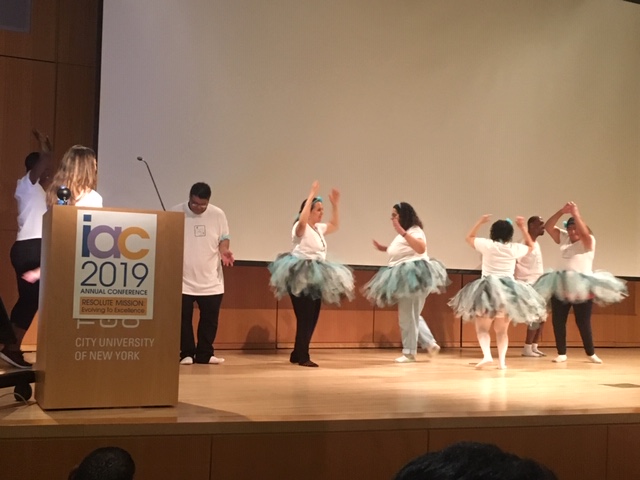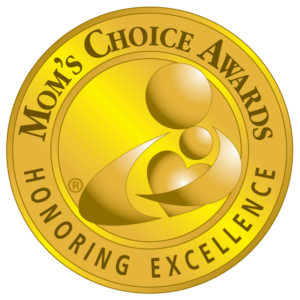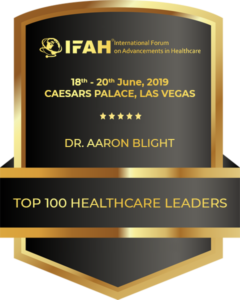Published on:
Today I had the privilege of speaking in New York City at the Annual Conference of the Interagency Council of Developmental Disabilities Agencies Inc. (IAC). IAC exists to help make a better world for people with intellectual and developmental disabilities living throughout New York State.
Throughout the day, I found myself remembering my days working at the Centers for Medicare & Medicaid Services. It has been over a decade since I interacted so extensively with professionals working at agencies serving people with intellectual/developmental disabilities. For the last decade, my focus has been on providing services to the aging population.
Provider Issues
Today taught me, however, that there are many similarities between agencies serving people with disabilities and agencies serving the aging population. For instance, here’s a list of a few of the issues we discussed today:
- Recruiting and retaining direct support professionals while there is a care workforce shortage
- Adapting to financial constraints imposed by value-based reimbursement models
- Complying with regulations that impact service delivery and administration
- Fostering an organizational culture that promotes the hallmarks of care: empathy, compassion, judgment, and reliability
- Confronting the social stigmatization of those who receive care
- Providing consistently outstanding service to clients
- Generally “doing more with less”
The truth is that every one of the above topics could have been extracted from a conference of providers serving the aging population, whether the industry is hospice, home healthcare, nursing homes, or the like.
My Favorite Moment
My favorite part of the day was the performance of the Astoria Heart & Soul Dancers and Movers. This group of adults with intellectual and developmental disabilities braved the traffic and traveled across New York City to take the stage and dance for us.

Wearing ill-fitting tutus and chasing the music’s rhythm, this distinguished group gave everything they had in a performance that was choreographed, energetic, and heartwarming. They circled the stage in a collective jive, but they also allowed the superstars to take the spotlight individually to show off their most impressive moves.
Watching them brought tears to my eyes.
When the dancers left the stage, the emcee emerged. “There’s no disability in personality,” he said. “And there’s no disability in artistic expression.”
Posted in Organizational Caregiving, Speaking




